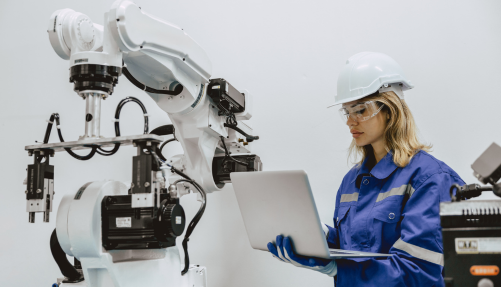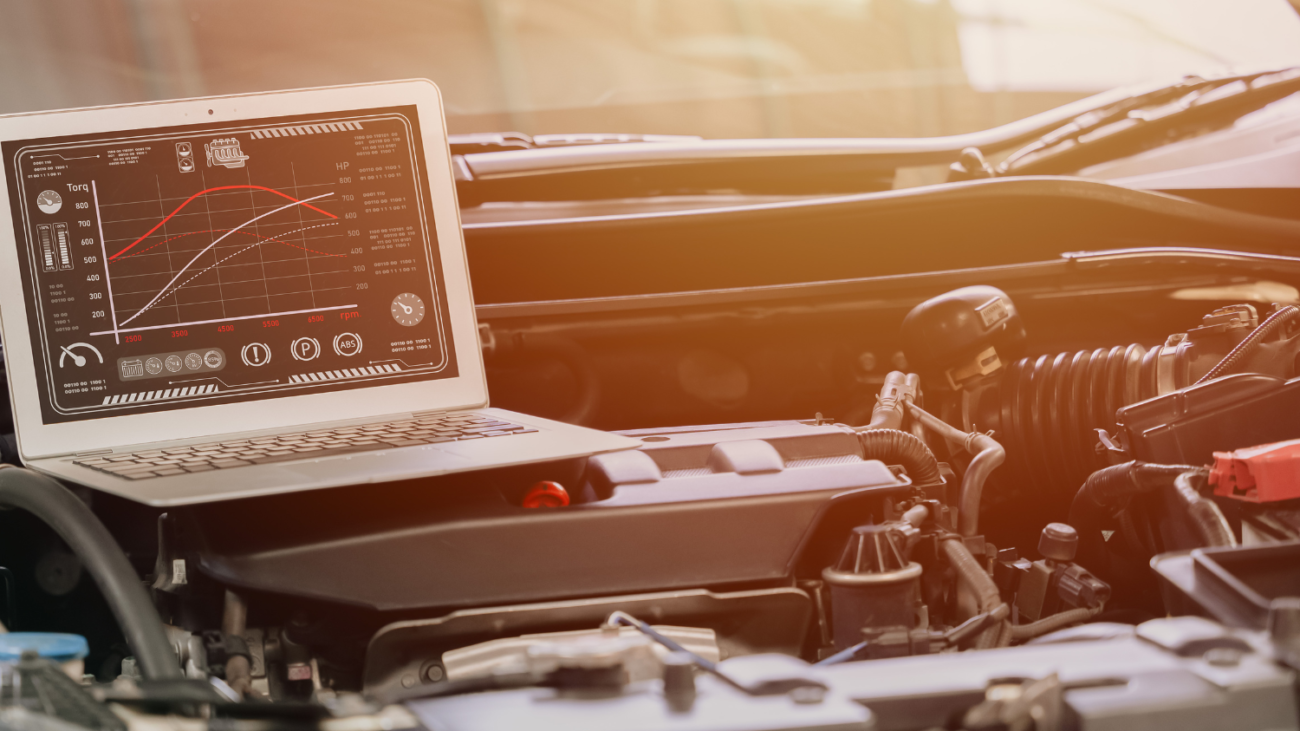Ground-breaking technology advancements are helping electric and hybrid vehicles create waves in the automotive sector. These advanced automotive technology solutions solve some of the most challenging problems that have previously stopped these vehicles from being well-known. These new solutions transform the driving environment, from extending battery life to accelerating and more readily available charging. Let’s examine how these modern vehicle developments make hybrid and electric automobiles more appealing and sensible.
1. Handling constrained range and battery life
Electric automobiles’ restricted driving range is one of the most significant difficulties. Early electric vehicles, like the 2010 Nissan Leaf, could go just 73 miles on one charge. This led many times to “range anxiety,” in which drivers worried about running out before they could replenish.
Fortunately, new advancements have substantially increased the spectrum of electric vehicles. Better lithium-ion batteries and notable developments in solid-state technology have enabled current cars like the Tesla Model S and the Lucid Air to run more than 400 miles per charge. Range concerns are no longer relevant as these new batteries pack more power and charge faster.
Moreover, regenerative braking is becoming the norm in which braking energy is converted back into power. This helps extend the car’s driving range and raises its efficiency.
2. Shortening charging times

One of the most annoying features of running an electric automobile used to be charging it. With a typical home charger, a full charge can take eight to twelve hours. Many drivers accustomed to short gas station stops found significant disadvantages in this protracted wait period.
Things have evolved now. Fast-charging facilities like those from firms like Electrify America and Tesla’s Supercharger network can replenish an electric vehicle to 80% in under thirty minutes. And with ultra-fast chargers starting to appear, one may receive even faster top-ups. Another futuristic development is wireless charging, which lets vehicles charge only by parking over a charging pad, eliminating the need for plugs.
3. Minimizing the first costs
Electric and hybrid cars are typically more costly than fuel equivalents because of battery expense. For example, when the Chevrolet Bolt debuted in 2016, its starting price was almost $37,000, more than comparable gasoline cars.
Battery prices have declined dramatically, though. EVs are now more reasonably priced, as lithium-ion battery packs have dropped by around 89% throughout the previous ten years. This tendency is projected to keep going, lowering the cost yet more. Furthermore, government incentives, including state-level rebates and benefits and the U.S. federal tax credit of up to $7,500, increase accessibility for a larger audience.
4. Growing charging system
Electric cars’ success depends on a solid network of charging stations. In 2011, around 1,800 public charging outlets in the United States made owning an electric vehicle somewhat risky.
The scene has changed a lot nowadays. Over 100,000 public charging stations will be present nationwide by 2023, which is rising. By 2030, the Biden administration wants 500,000 more charging stations added, increasing electric vehicle availability. Innovations in portable charging solutions and vehicle-to-grid (V2G) technologies also improve charging flexibility, facilitating drivers’ ability to keep their cars switched on.
5. Dealing with battery depreciation
Many EV users have been worried about battery deterioration, which can cause declining range and performance over time. Early vehicles, like the Nissan Leaf, occasionally suffered notable battery degradation, especially in hotter environments.
Modern EVs use sophisticated battery management systems (BMS) that track and control battery conditions. These solutions help guarantee that the battery stays in fantastic condition for longer. For instance, research by Recurrent shows that Tesla’s Model 3 retains around 87.5% of its original range even after ten years, indicating slight battery deterioration.
6. Reducing environmental affecting
The environmental effect of manufacturing and disposing of batteries has generated questions, especially regarding procuring essential elements like cobalt and lithium. These procedures can be detrimental, both environmentally damaging and resource-intensive.
The sector is working on solutions to these problems. Redwood Materials and other businesses are setting the standard in creating recycling systems that extract valuable components from used batteries and reintegrate them into the supply chain. This strategy lessens environmental damage and helps to lower the need for fresh raw resources.
As a result
Although hybrid and electric cars present great difficulties, innovative automobile technologies, including advanced air technologies, are shown to be very effective. As these technologies develop, EVs and hybrids become more sensible, reasonably priced, and sustainable. Looking more electric and driving promises everyone a greener, more efficient mobility.

